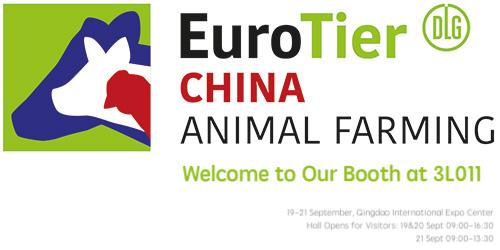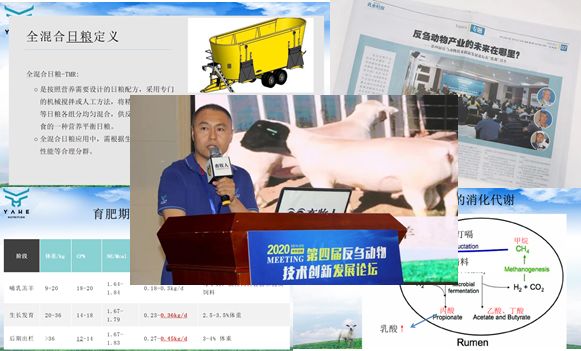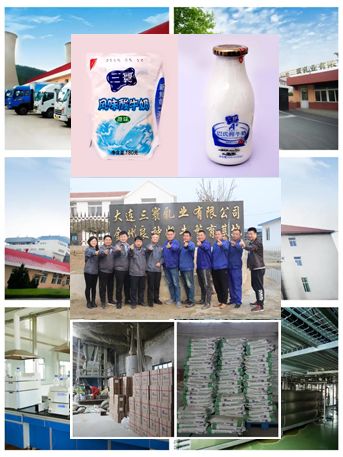The trade name of monensin is "rumenin", which is a feed additive widely used in ruminants. It was originally a substance secreted by streptomycin and could control the proportion of volatile fatty acids in the rumen and reduces protein degradation in the rumen, reduce feed dry matter consumption, improve nutrient utilization and increase animal energy utilization and other functions. Rumen sodium, as no adaptability to rumen microorganisms, it will have a longer action time, and has been officially included in beef cattle additives in the United States. Feeding rumen sodium can reduce feed consumption and increase daily gain, and the residual amount is extremely small, which is safe for humans and has no side effects. Therefore, rumin sodium is a very promising feed additive.
The United States and Japan were officially approved as feed additives in 1976 and 1977 respectively. At present, more than 40 countries have put into commercial production and are widely used as weight gainers for beef cattle and sheep and growth promoters for pigs. China passed the expert technical approval for the first time in 1985 and applied it to production.
First, the mechanism of action of rumen
Monensin, as an ionophore substance, can form fat-soluble complexes with Na+ or K+, and transfer them through biofilm to promote the digestion and absorption of nutrients. In addition, it can change the type of rumen fermentation, reduce the molar concentration of acetic acid and butyric acid, increase the molar concentration of propionic acid, increase rumen protein and inhibit gas production.
Second, the effect of rumensin on the performance of cattle
Studies have shown that adding monensin to the diet of fattening cattle in house can increase the weight gain by 1.6% than the control group; for the cattle under grazing conditions, it has shown that a certain amount of monensin is used every day, the daily weight gain can be increased by about 10%.
The results show that adding monensin can increase the rib eye muscle area, slaughter rate, marble-like muscle and decrease fat thickness.
3. How to use monensin, dosage and residual problems
The feeding dose of monensin is related to its effect. Chickens can only be used as anticoccidial agents, but not long-term growth promoters; the amount for beef cattle is 200-360 mg /d · head; the recommended dosage for sheep is 20-30 mg / kg into TMR; horses, donkeys, mule is very sensitive to monensin. The LD50 of horses is 2~3 mg / kg diet, which is generally prohibited.
Research shows that monensin is first taken orally and absorbed, then excreted with bile, finally excreted through feces, and does not accumulate in tissues. The results of a metabolic test study on C-labeled monensin shows that monensin (<0.05 mg/kg) is not detected in the edible tissues of cattle and chickens. Studies have also confirmed that monensin excreted into the soil can be quickly biodegraded. Therefore, the addition of monensin will not endanger human health.





